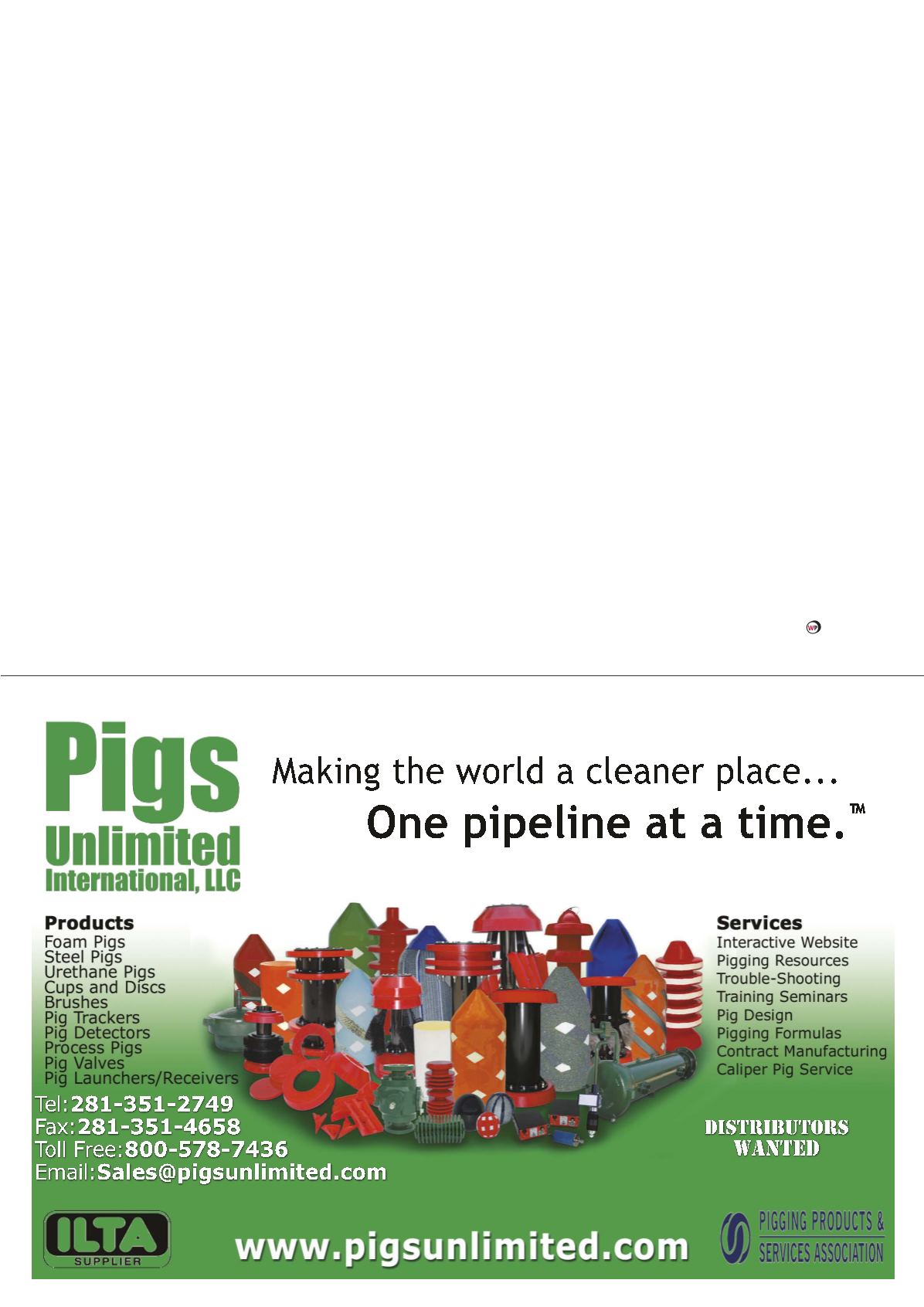
known application and has financial support provided, leads to a
relatively high rate of success. Technology that is self-sponsored,
by a business or individual, tends to have a longer road to travel
to success, if it gets there at all.
Barriers remain to the development of new technology.
Although these have varied throughout the years, there tends to
be a set number of ‘gates’ that developers and sponsors of new
technology go through as a product is applied. Funding is one
of the first challenges companies face. This can be very difficult
to obtain, especially if the technology is being independently
developed. In many cases of new technology, it will cost more
than budgeted. Once a prototype has been created, it must
be verified to check it has been designed in accordance with
industry, regulatory, and legislative standards. An independent
body is usually appointed to verify these standards are met. This
can be a very time-consuming and costly process, which can
become a barrier to enter the product into the marketplace.
Finally, knowing the market and being able to bring the
technology into the market at the appropriate time to maximise
the investment return is critical to success. In most cases, there is
a third party trying to develop a similar technology and bring it
into production. The race is on to achieve it better, quicker and
cheaper.
However, there are improvements being made and
organisations working together in support of innovation, to
ensure the subsea industry maintains its standing in the world’s
economic landscape. The Oil & Gas Technology Centre was
established in Aberdeen, Scotland, in October 2016 with
£180 million funding, and the goal to help maximise economic
recovery from the UK continental shelf, anchor the supply chain
in the North East of Scotland, and create a culture of innovation
in the region. As an industry-led research and knowledge
organisation, it aims to be the go-to technology centre for the
oil and gas industry in the UK and internationally to accelerate,
stimulate, and inspire innovation between industry, academia and
government to help maximise economic recovery.
Smart thinking
From experience, change is highly favourable. Companies are being
encouraged to adapt and mould to the requirements the energy
sector throws at them. While adverse weather conditions can be
pre-empted, peaks and flows in production cannot be determined.
However, being ready and well-equipped with proven technology
makes good business sense.
Working together is paramount. Cortez’s partnerships have
bolstered its reputation and allowed access to new subsea
frontiers. The industry would continue to flourish if more of these
relationships were formed and developed.
Looking forward, it is clear that technology will continue
to progress rapidly. New technologies are being created, tested,
and applied in response to the needs of the industry. That being
said, smart application is of absolute importance. Conventional
thinking is natural but the need to reduce cost, improve safety, and
protect the environment requires change. Certified to international
standards, Cortez Subsea is charging forward to harness new
technology for smart pipeline and inspection engineering.








